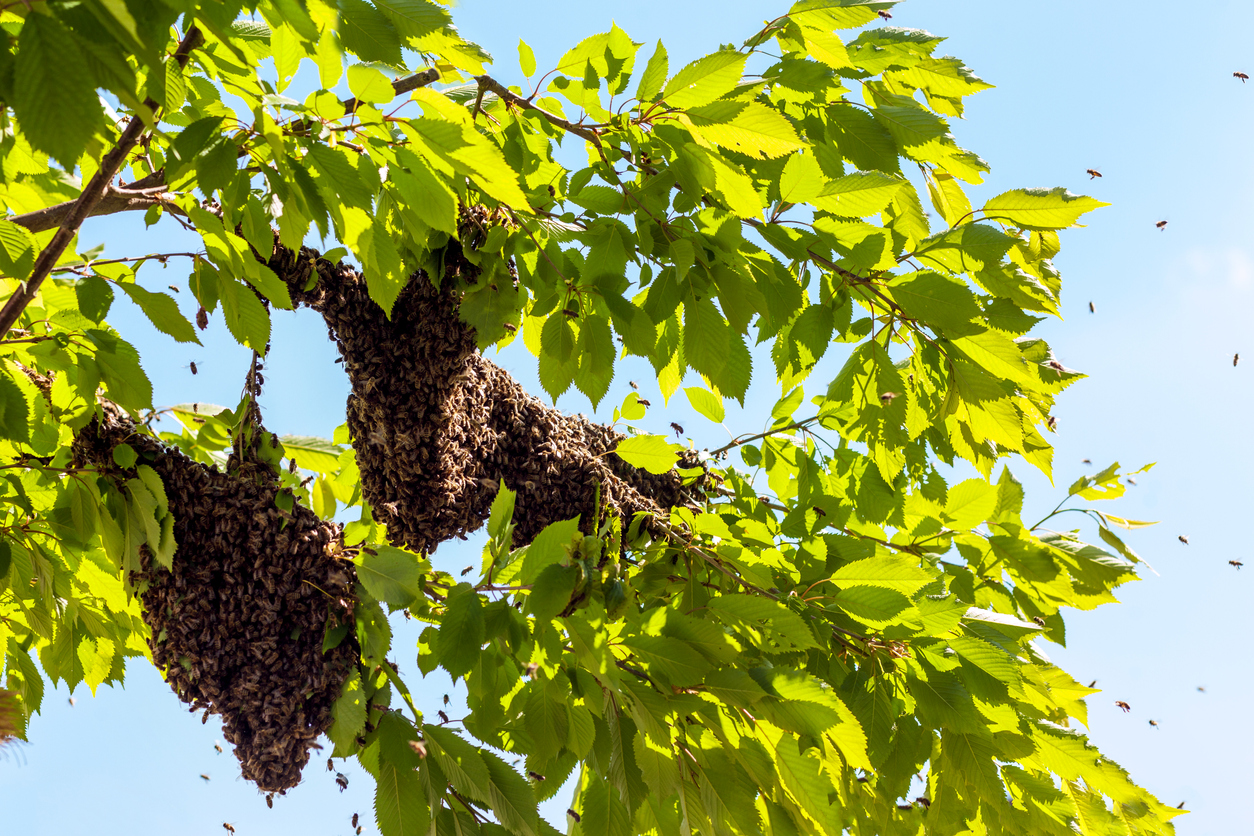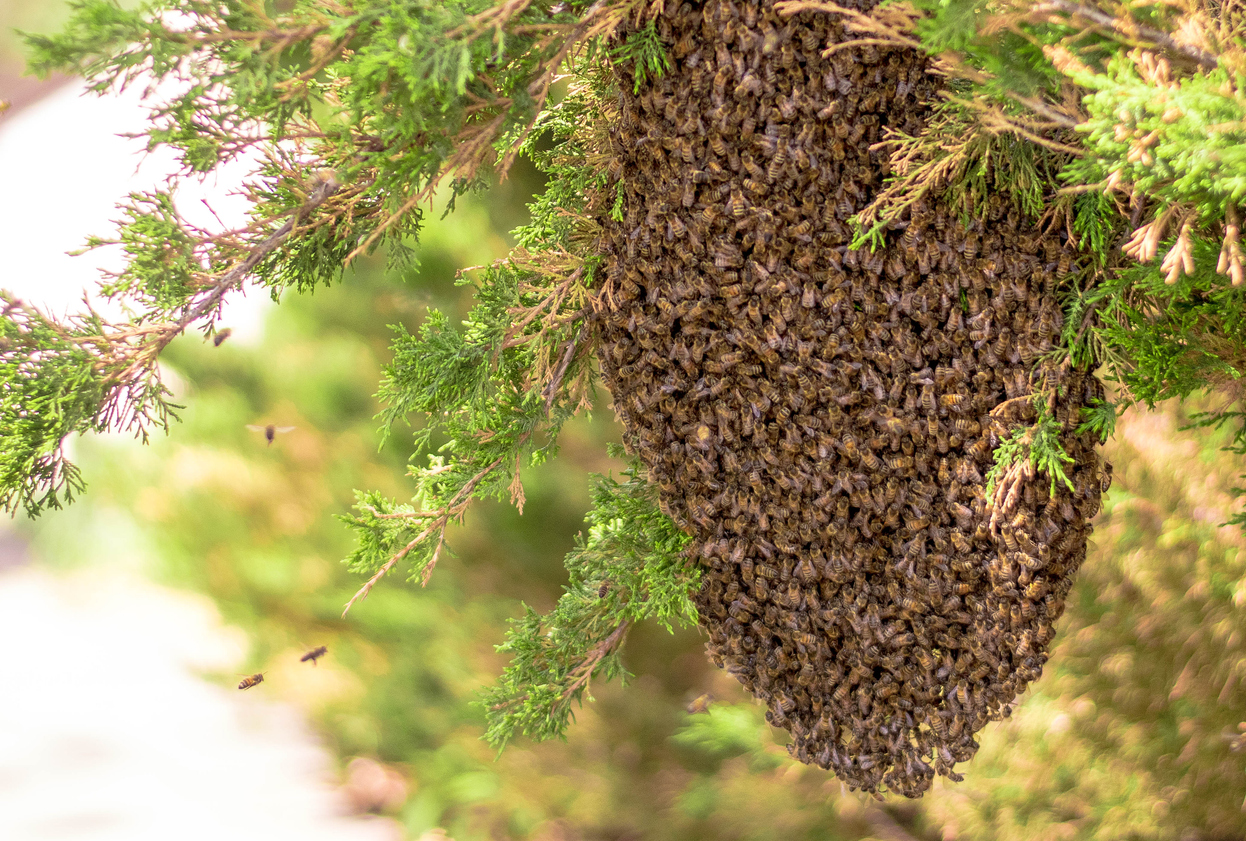GENTLE AND SUSTAINABLE
RESCUE & RELOCATION

Got Bees?
CALL US: 714-501-5944
We Rescue, Remove & Relocate.
Backyard Bees offers an alternative to honeybee extermination. We remove bees from your home, property or business without the use of pesticides.
Accessible honeycomb, honey, and bee colonies are skillfully relocated into a wooden hive box and are allowed to continue pollinating in local Orange County gardens, small farms, and apiaries.
Whether you care about the plight of the honeybee (there is a worldwide bee crisis) or you just need them removed from your premises, Backyard Bees is here to help.

Rescue Need to Knows
In order to do a live removal, the bees and the comb must be visible.
Pricing of our removals and rescues starts at $200 and varies on the size of the job. Fees go toward buying the hive a new home, placing them and tending to them for the life of the hive. We thank you for this support of these amazing creatures.
Due to the small size of our business, we cannot do removals that involve cutting into walls, that are high up in the eves of the house, etc. If this applies to you, still give us a call and we can see what other options we can provide you with.
Why Rescue Them, Anyway?
Colony collapse disorder (or CCD) is a phenomenon in which worker bees from a beehive or European honeybee colony abruptly disappear. While such disappearances have occurred throughout the history of apiculture, the term colony collapse disorder was first applied to a drastic rise in the number of disappearances of Western honeybee colonies in North America in late 2006. Aside from fundamental concerns about the survival of bee species, colony collapse is economically significant because many agricultural crops worldwide are pollinated by bees. Learn more
Pesticide Free Honeybee Rescue…It’s the right thing to do. Every third bite of food we eat is pollinated by honeybees.
Save the Bees
Hive … Swarm … What’s the Difference?
Swarm: is defined as a temporary group or clump of honeybees that has attached itself to a structure on a client’s property. This clump of honeybees, along with a queen bee and a few drones, have split from their previous hive and is on their way to their new home.
Before a swarm has left its hive, scout bees searched for weeks for a new home. Once they have found their home and after a few practice flights, the new or current queen leaves the hive with a percentage of the colony to their new home. The swarm clump on a tree, bush, sign, car, or even a bike, is just taking a rest, However, this rest can last up to 5 days.
Swarms are generally gentle in nature because they have nothing to protect (home, honey, brood) Only 1 – 10 swarms survive, so we need your help to rescue these vulnerable swarms. If you see a swarm, please give us a call.
Hive: This is a well-established colony of honeybees. A typical honeybee hive contains about 60,000 to 80,000 individuals of three different kinds: workers (also called foragers once they begin to leave the hive), drones, and a single queen. Honeybees prefer to live in gardens, woodlands, orchards, meadows and other areas where flowering plants are abundant and build nests inside tree cavities and under the edges or in hive boxes.

